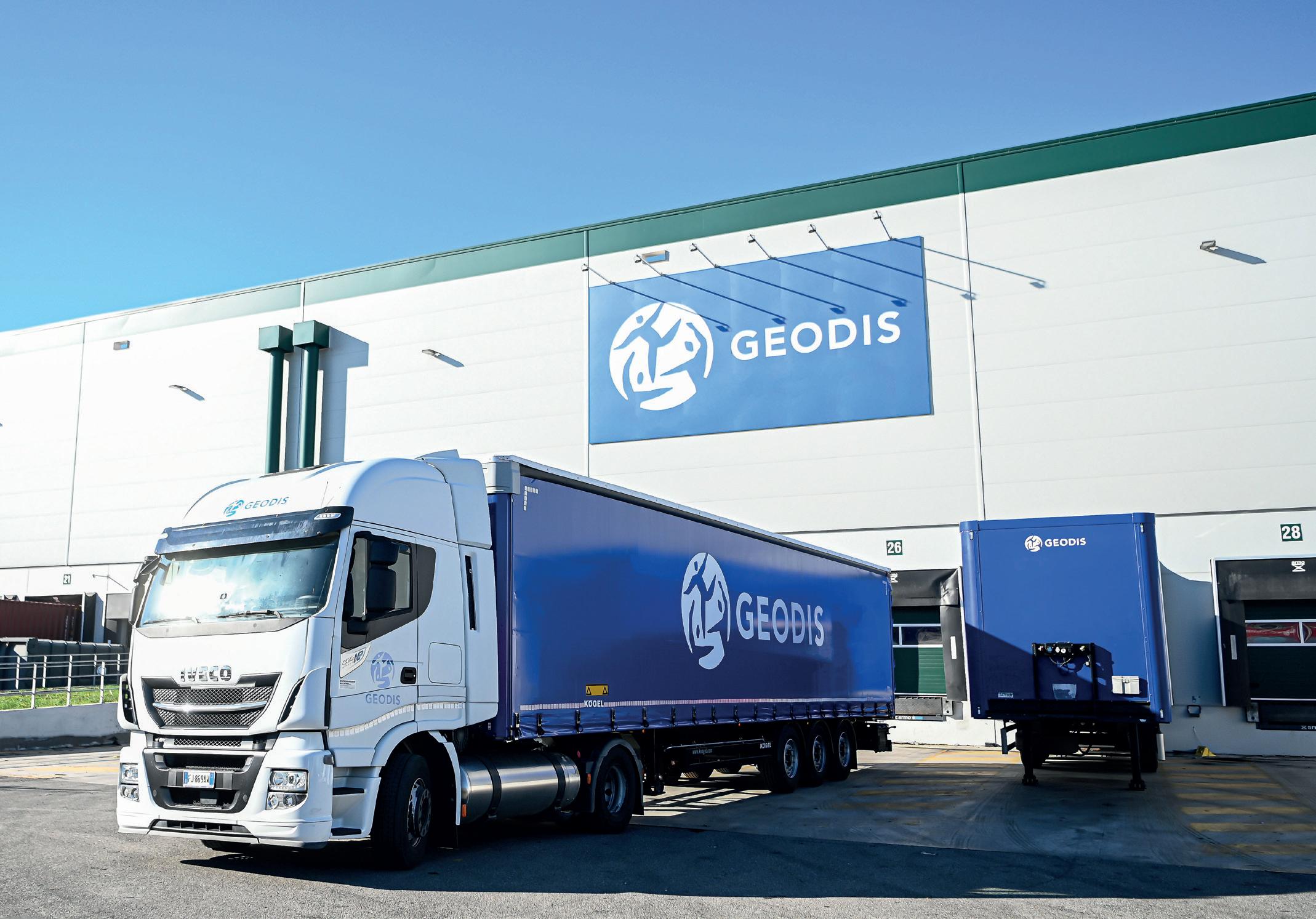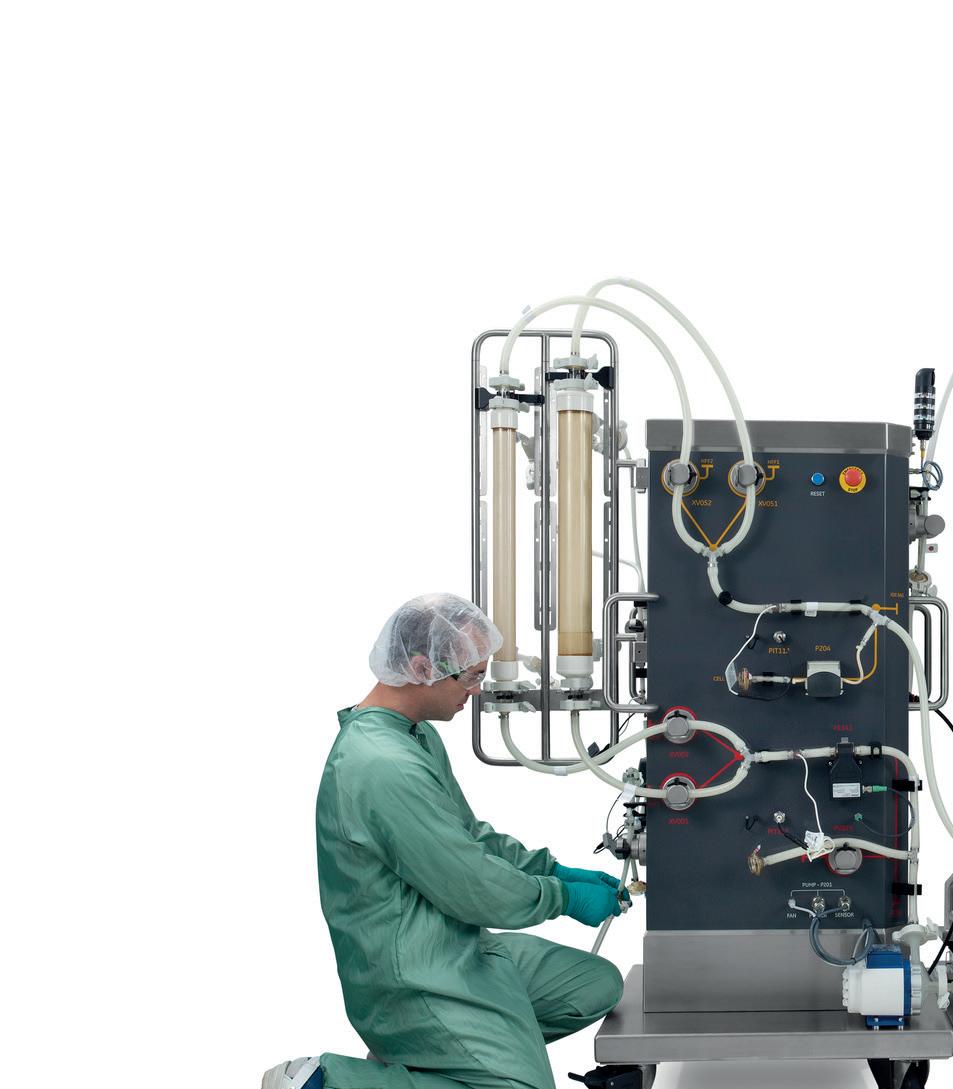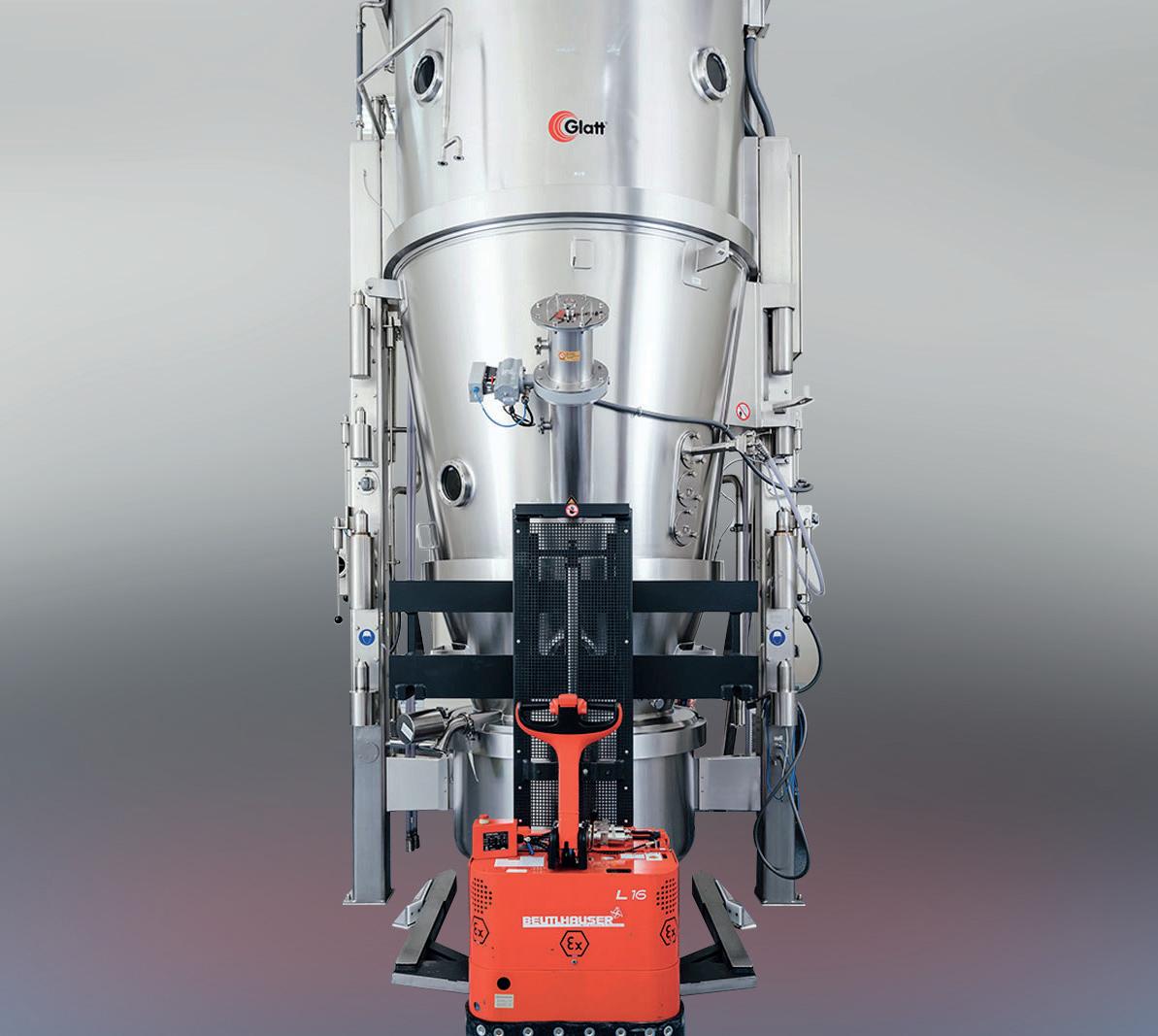
4 minute read
IS COATING AS EFFICIENT AND ECONOMICAL AS IT COULD BE?
from EPM July/August 23
by EPM Magazine
Author: Oscar Benedi, Laboratory Manager, Romaco Tecpharm.
Coating is an integral part of pharmaceutical tablet and pellet production. Nevertheless, some problem areas have not been adequately solved so far, although they entail economic losses. To a certain extent, this is due to a presumed lack of viable solutions – but they do exist. A new generation of tablet coaters is addressing these challenges in an innovative way. When talking about challenges in coating, there are three areas involved: the quality of the coating result, the productivity of the coating process, and the flexibility of the tablet coater.
Quality
Among the first things that come to mind when thinking about product quality is the prevention of defects. Preventing such defects is always a matter of stabilising the coating process by regularly checking parameters and adjusting them if necessary. The common method for increasing this process control is currently to improve the technical feedback and leave the interpretation and reaction to the operator.
This approach leaves a greater risk for errors and inaccuracies because the regulation and control of the coating process is dependent on the operator. What if there is no suitably trained operator available? And even if a fitting operator is available, it is not always easy for them either to get the ideal coating settings and keep track of all the parameters, especially with batch size changes, complex coating processes or demanding products that are, for example, sensitive to humidity or temperature.
The solution to this systemic uncertainty is to automate the coating process to a larger extent, including the fully automatic adjustment of the relevant parameters where required. The TPR Optima perforated coating pan from Romaco Tecpharm can do so. It monitors parameters such as temperature, humidity, flow rate and tablet bed level, set up the predefined optimal coating conditions for the specific product and thus minimises the risk of losing parts of or entire batches. One could say the TPR Optima tablet coater creates the reproducible coating process –irrespective of the complexity. This automatic self-regulation can be exemplified very well in the context of the second main problem area, where automation is also the means of choice for optimisation.
Productivity
The deficiencies in the productivity of the coating process are partly accepted as a given. As an example, it is currently common to plan for 50 per cent more suspension than is theoretically needed to coat a product, because a loss of up to 40 per cent is considered normal. With functional coatings this can result in major financial losses. But even with standard coatings there are hidden costs in the form of cleaning, disposal and logistical expenses.
Here, especially the automatic adjustment of the suspension application and drying is the answer. This is implemented in the TPR Optima as follows: Using sonar technology, acoustic wave sensors continuously measure the distance between the spray nozzles and the tablet bed, which may vary depending on the process that is conducted. If modifications are required regarding the ideal spray distance or the set spray angle, the intelligent system carries them out by means of a nozzle arm with a three-point extension mechanism during the ongoing process – the machine does not have to be paused for this purpose.
An automatic set of air exhaust flaps, which can be opened individually and continuously allows precise regulation of the path taken by the air flow through the tablet bed, ensuring maximum drying effi ciency. With these new possibilities of the coating technology from Romaco Tecpharm only 10 to 15 per cent more coating medium is needed instead of 40 per cent. The associated more efficient drying and the possibility to adjust without interrupting the coating process also reduce process times by hours.
Flexibility
Coatings must deal with scale-up and scale-down procedures. For example: - when producing for different market requirements - when validations have to be carried out - when producing under contract, where a wide range of batch sizes must be processedor when the switch from laboratory to production scale is pending.
But why is this a challenge? Firstly, it means that companies currently need at least two machines, one for producing smaller batch sizes and one for larger batch sizes, as most coaters do not have a large enough batch size variability. Usually, they can only go down to 40 per cent of the maximum batch size at the most. This need for several machines is associated with high investment costs, energy expenditure and, space requirements. In addition, the parameters cannot simply be transferred from one machine to another – not even if they are the same type and brand. Consequently, a relatively large number of manual adjustments must be made, and here again the problem of ensuring high quality and uniformity across all products arises. Not to forget, of course, the time and work that goes hand in hand with manual adjustments.
With the ability to monitor and adjust to batch sizes, the TPR Optima achieves a batch size range from true 10 to 100 per cent filling volume with the same drum. This eliminates the need for multiple machines just because of different volume requirements, the time and workforce it takes to set up the right parameters for different systems, and the risk of errors and imprecisions. What is more, this also applies to volume changes within a single coating process, such as coatings with multiple layers.

Conclusion
There is significant optimisation potential in coating that can be exploited through a higher degree of automation. Shorter process times, continuously high product quality, time and cost savings and resource conservation are just some of the gains. Tablet coaters like the TPR Optima with these technological capabilities will certainly represent the future of coating and are already supporting innovation.
Tim Lin, Director of the Technical Services Department at Bora, discusses the benefits of utilising Wurster coating technology, laying out steps to help overcome challenges and optimise controlled-release profiles for e cient and e ective drug delivery.










